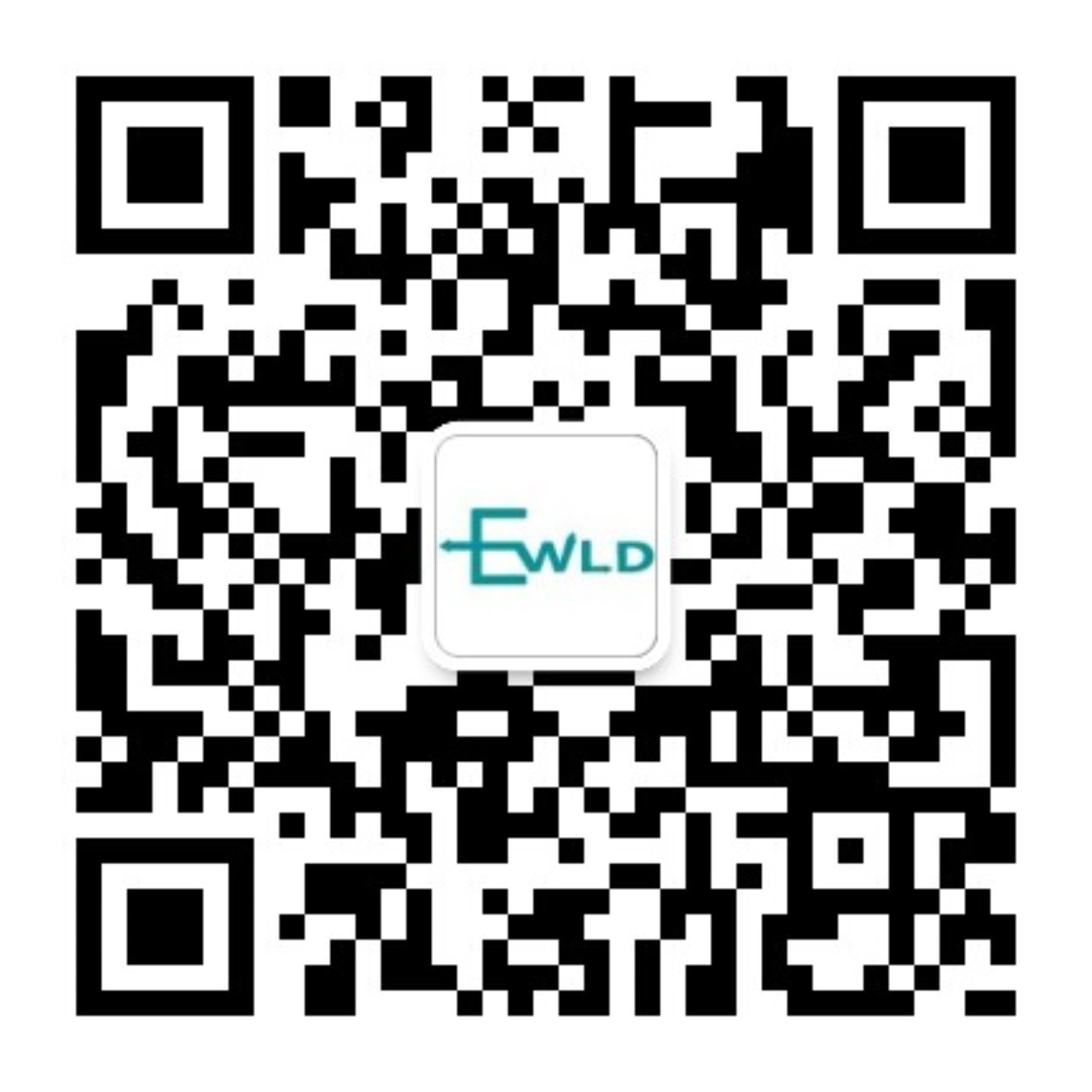DC/DC converters for photovoltaic (PV) energy storage systems are core devices that enable efficient conversion and management of DC energy. They are primarily used to connect PV arrays (with DC output) and energy storage batteries (DC energy storage units), addressing issues of voltage and current mismatch between the two, and facilitating bidirectional, high-efficiency energy transfer. Below is a detailed explanation covering basic concepts, working principles, core functions, technical parameters, classifications, and development trends:
In PV energy storage systems, PV panels output direct current (with voltage fluctuating based on light intensity and temperature), and energy storage batteries (such as lithium-ion batteries and lead-acid batteries) are also DC energy storage devices (with voltage changing according to State of Charge, SOC). However, their voltage levels and current characteristics often do not match (for example, the output voltage of PV panels may be 30-100V, while the voltage of battery packs may be 48-500V).
The core role of a DC/DC converter is to convert one form of DC voltage/current to another using power electronics technology. This ensures efficient storage of PV energy in batteries or stable output of battery energy to loads/grids, serving as an "energy bridge" between PV arrays and energy storage batteries.
PV energy storage DC/DC converters operate based on switching power supply topologies. Through high-frequency switching (typically in the kHz range) of power semiconductor devices (such as MOSFETs and IGBTs), they alter the energy form (voltage/current) of the input DC. Filtering via energy storage components like inductors and capacitors then produces stable DC energy output.
Common topological structures and application scenarios:
-
Boost circuit (step-up):Converts low-voltage DC (e.g., output from PV panels) to high-voltage DC (e.g., charging voltage required by battery packs), suitable for scenarios where the PV-side voltage is lower than the battery voltage.
-
Buck circuit (step-down):Converts high-voltage DC (e.g., high voltage during battery discharge) to low-voltage DC (e.g., voltage required by loads), suitable for scenarios where the battery voltage is higher than the load voltage.
-
Buck-Boost/SEPIC/Cuk circuits (step-up/step-down):Flexibly achieve step-up or step-down to adapt to wide-range voltage fluctuations between PV systems and batteries (e.g., sudden drops in PV voltage during cloudy weather or decreased battery voltage at low SOC).
-
Bidirectional topologies (e.g., full-bridge DC/DC):Enable bidirectional energy flow by changing switching logic (both charging the battery and reversing battery energy output), making them the mainstream choice for energy storage systems.
The performance of PV energy storage DC/DC converters directly affects system efficiency and stability, with key functions including:
-
Precise Voltage and Current Regulation
-
Real-time adjustment of output voltage/current based on PV array output characteristics (changes in light and temperature) and battery requirements (charging voltage, discharge current limits) to prevent overcharging or over-discharging, which could damage the battery.
-
Maximum Power Point Tracking (MPPT)
-
The maximum power point of PV panels dynamically changes with light intensity and temperature (e.g., high voltage and low current under strong light, and vice versa under weak light). DC/DC converters use algorithms such as perturbation and observation or incremental conductance to track the maximum power point in real time, improving PV energy utilization by 5%-30%.
-
Bidirectional Energy Flow Control
-
Charging mode: Excess PV energy (or supplementary grid energy) is stored in batteries via DC/DC converters.
-
Discharging mode: Battery energy is released to loads (e.g., off-grid households) or inverters (grid-connected scenarios) via DC/DC converters to achieve "peak shaving and valley filling."
-
Multiple Protection Mechanisms
-
Overvoltage protection (preventing sudden voltage surges from PV systems from damaging batteries), overcurrent protection (limiting short-circuit or overload currents), overtemperature protection (shutting down when power devices overheat), and reverse connection protection (cutting off the circuit when battery polarities are reversed) ensure the safety of equipment and systems.
When selecting a PV energy storage DC/DC converter, attention should be paid to the following core parameters:
|
Parameter
|
Meaning and Impact
|
|
Input/Output Voltage Range
|
Must cover voltage fluctuation ranges of PV arrays (e.g., 20-150V) and energy storage batteries (e.g., 48-600V) to avoid frequent shutdowns.
|
|
Rated Power
|
Matches system capacity (e.g., 5-10kW for household systems, 50-500kW for industrial/commercial systems). Insufficient power limits energy transfer, while excessive power increases costs.
|
|
Conversion Efficiency
|
Higher efficiency is better (typically ≥95%, with high-efficiency models reaching 98%), reducing energy loss (e.g., a 1% efficiency improvement in a 100kW system saves approximately 876 kWh annually).
|
|
MPPT Accuracy and Response Speed
|
Higher accuracy (e.g., ≥99%) and faster response (e.g., ≤10ms) enable quicker tracking of light changes, minimizing power loss.
|
|
Operating Temperature Range
|
Adapts to outdoor environments (e.g., -40℃~+65℃) to avoid low-temperature startup failures or high-temperature efficiency degradation.
|
-
Unidirectional DC/DC: Supports one-way energy transfer (e.g., only PV charging to batteries), suitable for simple off-grid scenarios (e.g., PV streetlights).
-
Bidirectional DC/DC: Supports bidirectional energy flow, a mainstream choice for energy storage systems, applicable in grid-connected energy storage (PV-battery-grid interaction) and microgrids (fluctuation suppression).
-
PV Off-Grid Systems: PV panels → DC/DC (step-up + MPPT) → batteries (energy storage) → DC/DC (step-down) → loads (e.g., household appliances), solving power supply issues in off-grid areas.
-
PV Grid-Connected Energy Storage Systems: Excess PV power is stored in batteries via DC/DC; during peak grid electricity prices, battery energy is discharged to the grid via DC/DC + DC/AC inverters, reducing electricity costs.
-
Microgrid Energy Storage: In hybrid wind-PV microgrids, DC/DC converters quickly regulate battery charging/discharging to maintain stable microgrid voltage/frequency.
-
Portable PV Devices: Small DC/DC converters (100-500W) in RVs and outdoor power supplies enable efficient PV charging of lithium batteries.
With the rapid growth of the PV energy storage market, DC/DC converters are evolving in the following directions:
-
High Efficiency and High Power Density
-
Wide-bandgap semiconductors (SiC, GaN) replace traditional silicon devices, reducing switching losses by over 50% with efficiency exceeding 99%. Integrated designs (e.g., planar transformers, water cooling) increase power density to 2-5kW/L (vs. ~1kW/L for traditional models).
-
Intelligence and Integration
-
Integrated communication interfaces (e.g., RS485, LoRa, 5G) support remote monitoring and coordinated control (e.g., linking with energy management systems to adjust charging/discharging strategies). Some models integrate Battery Management System (BMS) functions, simplifying system design.
-
Wide Adaptability
-
Compatible with multiple battery types (lithium-ion, lead-acid, sodium-ion) and PV panels (monocrystalline, thin-film), with extended voltage ranges (10-1000V) to meet diverse scenario needs.
-
High Reliability
-
Redundant designs (e.g., dual power channels) and EMI optimization enhance long-term outdoor stability (design life ≥15 years).
In summary, PV energy storage DC/DC converters are the "energy hubs" connecting PV systems and energy storage, directly determining system economy and reliability, and serving as indispensable core equipment in PV energy storage technology.










